This is an interesting post based on the stories my mum told me.
Like most Chinese families, the newly-weds were expected to produce an heir for the family. The pregnancy of the young wife would be an eagerly awaited affair. When a young wife was found to be pregnant, the household would be filled with anticipation and the birth of a child was a landmark event for the family.
Along with pregnancy, the mother-to-be and the family would have to observe customary beliefs and taboos (or 'pantang larang' in Malay). These practices were to help ward off the bad luck. For example, the pregnant wife was not allowed to hold scissors for cutting, ride bicycles or climb a tree, and she was discouraged from going out of the house.
During childbirth, a 'dukun' or mid-wife would be engaged. In the old days, women gave birth in the family home and the 'dukun' would help the mother to deliver the child at home. Doctors would only be called later or if there were any complications during childbirth.
After birth, the 'dukun' would clean and dry the umbilical cord, and this would be kept near the baby as it was believed that it would help if the baby had any difficulty in sleeping. The mother would be cleansed and was not allowed to bath for one month during the confinement. Her needs would be seen to by a confinement lady, who would brew herbal tonics to help strengthen her and massage her daily.
During the one month confinement, the mother would be encased in a 'bengkong' (a cummerbund to wrap tightly around the body). This was to help the mother to shrink her postpartum belly and to get her body back in shape. She was not allowed to bath nor wash her hair during this period. After the one month confinement period, grass herbs would be boiled and the liquid would be used for her first bath since childbirth.
The first month after a child's birth was an important event for the family. Guests would be invited to the house to feast. Among the numerous, the dyed eggs (in red) would be served. Traditionally, the naming of the child would take place during this celebration.
Believe it or not, pictures below are the baby clothes that belongs to me and my siblings. Mum told me it was so called 'custom made' for us by our late grandma and aunt, and I've been keeping it for years. Thank you Ah Ma and Yee Yee.
 Picture 1
Picture 1
 Picture 2
Picture 2
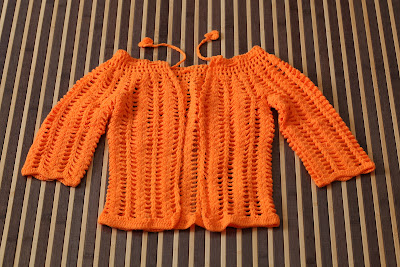 Picture 3
Picture 3
 Picture 4
Picture 4
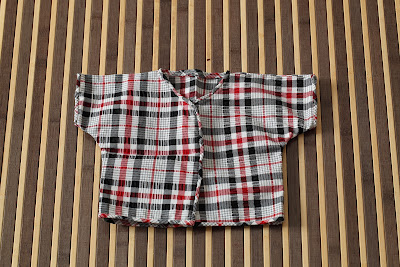 Picture 5
Picture 5
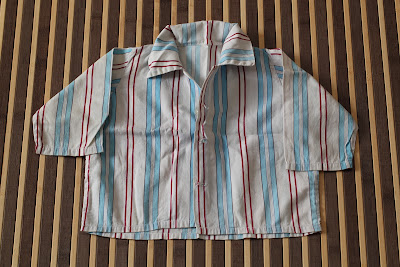 Picture 6
Picture 6
 Picture 7
Picture 7
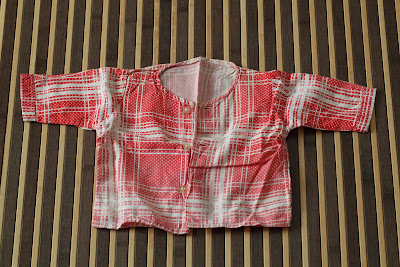 Picture 8
Picture 8
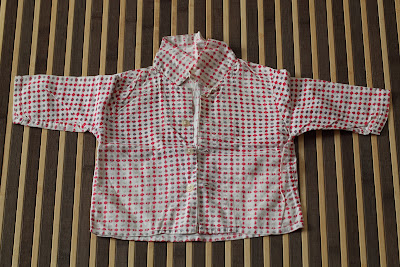 Picture 9
Picture 9
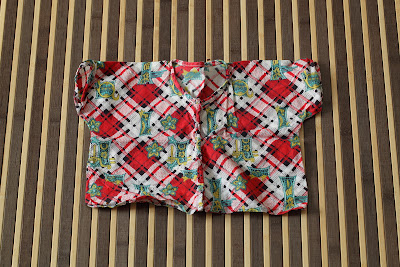 Picture 10
Picture 10
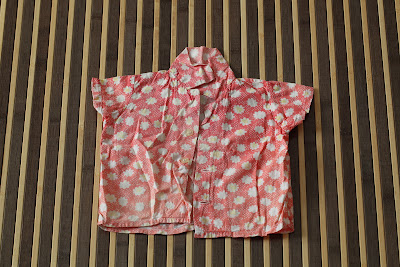 Picture 11
Picture 11
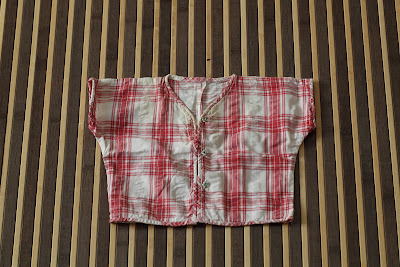 Picture 12
Picture 12
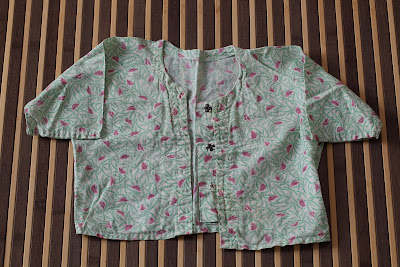 Picture 13
Picture 13
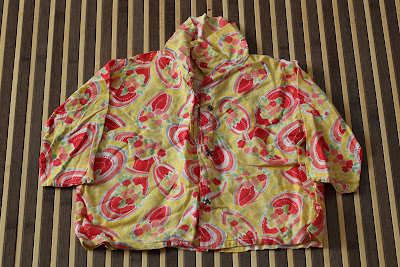 Picture 14
Picture 14
 Picture 15
Picture 15
 Picture 16
Picture 16
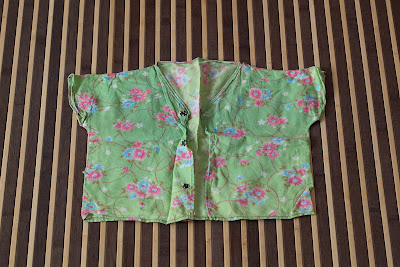 Picture 17
Picture 17
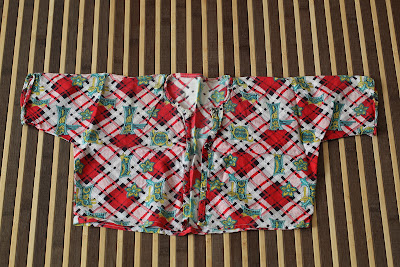 Picture 18
Picture 18
 Picture 19
Picture 19
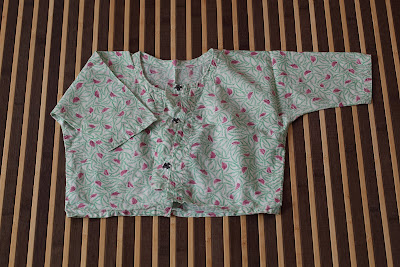 Picture 20
Picture 20
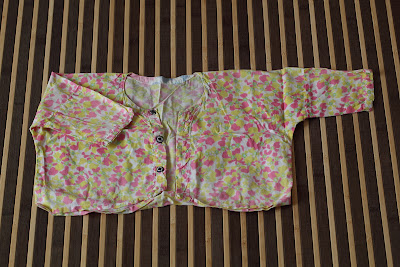 Picture 21
Picture 21
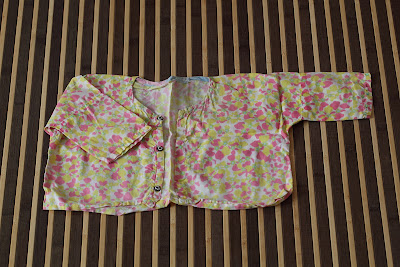 Picture 22
Picture 22
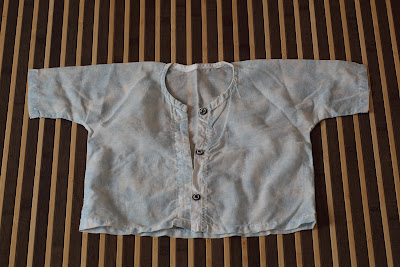 Picture 23
Picture 23
 Picture 24
Picture 24
 Picture 25
Picture 25
 Picture 26
Picture 26
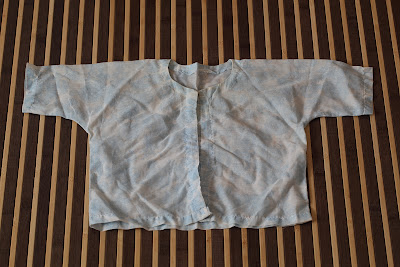 Picture 27
Picture 27
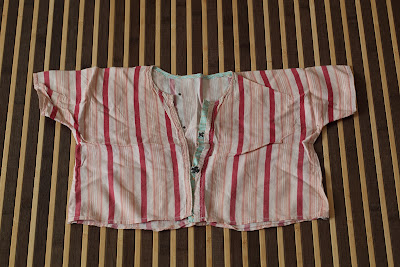 Picture 28
Picture 28
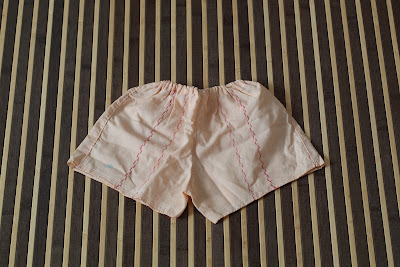 Picture 29
Picture 29
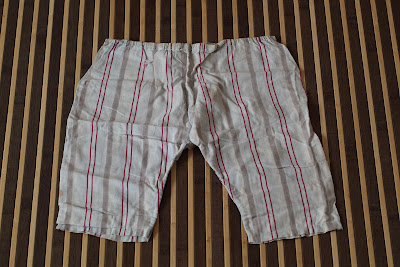 Picture 30
Picture 30
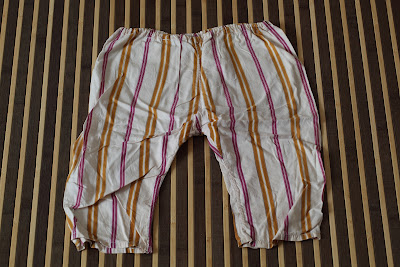 Picture 31
Picture 31
 Picture 32
Picture 32
Pictures 33 to 36 are the chest and navel covers for infants. These are done Chinese style, like aprons, and worn by babies. Scraps of different material would be sewn together to make these covers.
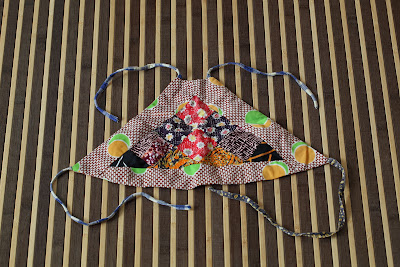 Picture 33
Picture 33
 Picture 34
Picture 34
 Picture 35
Picture 35
 Picture 36
Picture 36
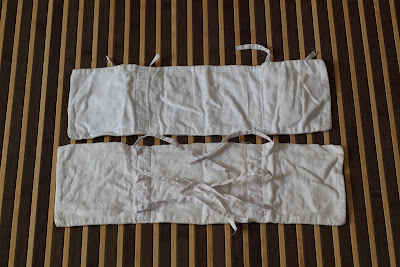 Picture 37
Picture 37
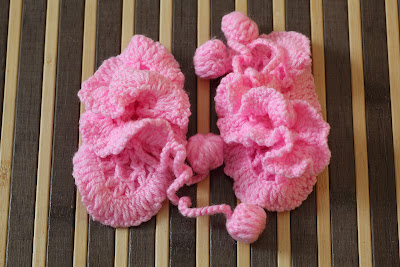 Picture 38
Picture 38
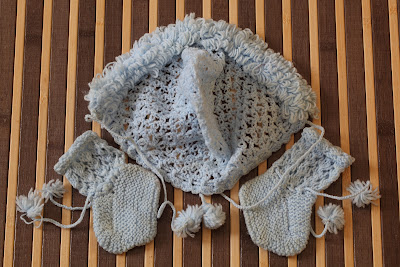 Picture 39
Picture 39
